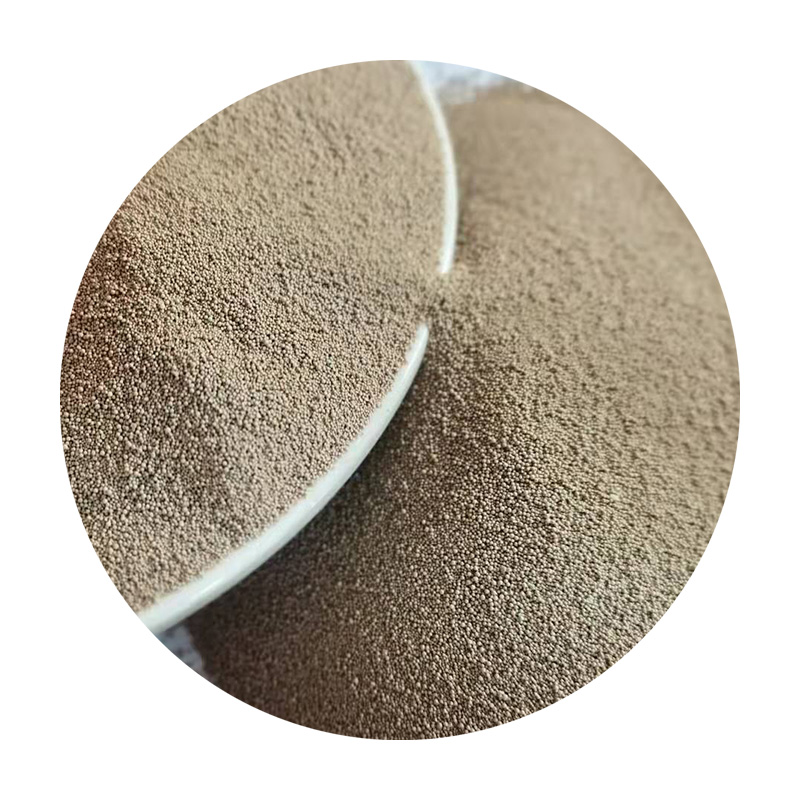What to Use to Sand Resin A Comprehensive Guide
Sanding resin, particularly epoxy resin, is a crucial part of the finishing process that can significantly enhance the final result of your project. Whether you're working on a piece of furniture, crafting jewelry, or creating art pieces, the right sanding techniques and tools will help you achieve a smooth and polished finish. This article will provide insights into what to use when sanding resin.
Understanding Resin and Its Properties
Before diving into the sanding techniques, it's important to understand the nature of resin. Resin is a hard, durable material that, once cured, can have a glass-like finish. However, the surface may not always be perfect after pouring, and imperfections like bubbles or uneven surfaces can occur. Sanding helps remove these imperfections, making way for a professional-looking finish.
Choosing the Right Sandpaper
Selecting the appropriate sandpaper is critical to achieving the desired effect. Generally, sandpapers are categorized by their grit, which indicates the coarseness. The grit number ranges from very coarse (40-grit) to very fine (2000-grit or higher).
1. Coarse Grit Sandpaper (60-120 grit) Start with this grit if you have significant imperfections, such as drips or bubbles. This grit helps to quickly remove material, but it can leave deep scratches, so use it with caution.
2. Medium Grit Sandpaper (150-220 grit) Once the major imperfections are removed, transition to medium grit to refine the surface further. This grit helps smooth out the scratches left by the coarse sandpaper.
3. Fine Grit Sandpaper (320-600 grit) Use fine grit sandpaper for the final touches. This grit will help to eliminate any remaining scratches and prepare the surface for polishing.
4. Ultra-Fine Grit Sandpaper (over 600 grit) If you want a high gloss finish, consider using ultra-fine sandpaper for final sanding. This step is essential before applying any finishing treatments like polish or wax.
Tools for Sanding
what to use to sand resin

While hand sanding is always an option, especially for intricate designs, using power tools can make the job easier and more efficient. Here are some tools to consider
- Orbital Sander For larger surfaces, an orbital sander can provide a smooth and even finish. Opt for one that allows you to easily switch between different grits.
- Detail Sander When working on smaller or more intricate pieces, a detail sander can help reach tight spots and ensure a thorough finish.
- Sandpaper Blocks For hand sanding, using a sanding block can help ensure even pressure is applied across the surface, preventing uneven wear.
Techniques for Sanding Resin
1. Sanding in Circular Motions This technique prevents the formation of deep scratches and allows for a smoother finish.
2. Wet Sanding For an even finer finish, consider wet sanding your resin. This method involves using water to lubricate the surface while sanding, reducing dust and helping to minimize scratches.
3. Consistency is Key Ensure you apply consistent pressure and keep the sandpaper moving to avoid gouging the surface.
Final Touches
After sanding, it’s essential to remove any dust or debris before applying a finish. Cleaning with a microfiber cloth will prepare the surface for polishing or sealing. Depending on the desired look, you can choose to apply a resin topcoat, wax, or polish to achieve an exceptional shine.
In summary, sanding resin requires careful selection of sandpaper grits, the right tools, and proper techniques. By following these guidelines, you'll ensure that your resin projects are smooth, professional, and visually appealing, allowing the beauty of the resin to truly shine through.
Post time:Jul . 29, 2024 22:50
Next:Innovative Techniques for Creating Intricate Sand Castings Using 3D Printing Technology
